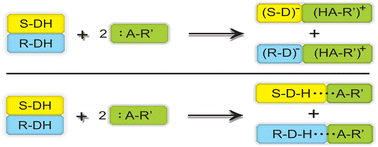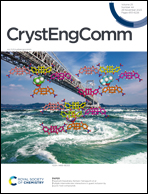Chiral resolution methods for racemic pharmaceuticals based on cocrystal formation
Abstract
Currently, more than half of available drugs on the market are chiral, and approximately 90% of these drugs are marketed as racemates. When these racemic medications are exposed to the chiral environment of the human body, differences in their activity appear. The enantiomers of a chiral drug may potentially have distinct pharmacokinetic, metabolic, and toxicological features. As a result, regulatory requirements promote the production of enantiopure drugs to reduce the complexity of pharmacodynamics and the administration dose or to eliminate unwanted side effects, while also providing some economic savings by enabling a totally effective pharmaceutical formulation. There are a variety of procedures employed in the pharmaceutical industry for chiral separation of racemic drugs, such as developing de novo enantiomerically pure pharmaceuticals by asymmetric synthesis or chiral resolution of currently available racemic compounds via different approaches like chiral chromatography methods, diastereoisomeric salt formation, and cocrystallization-based methods. This review will focus on cocrystallization techniques such as the generation of host–guest inclusion compounds, diastereomeric cocrystal pairs, enantiospecific cocrystals, conglomerates, ionic cocrystals, and preferential enrichment of cocrystals. Overall, this review outlined the crucial importance of pharmaceutical cocrystals in chiral resolution techniques of racemic compounds.

- This article is part of the themed collection: 2023 Highlight article collection


 Please wait while we load your content...
Please wait while we load your content...